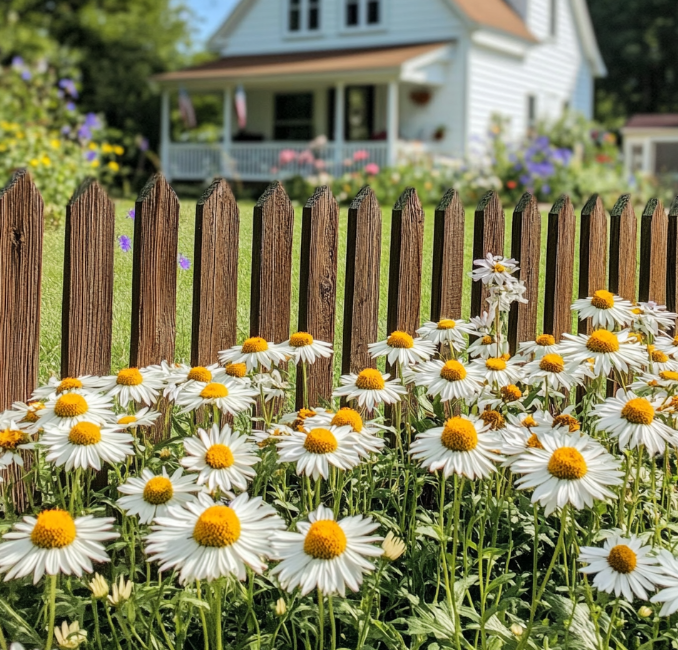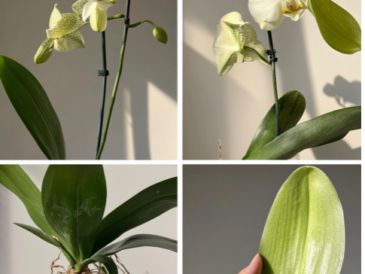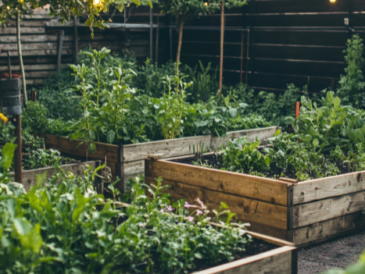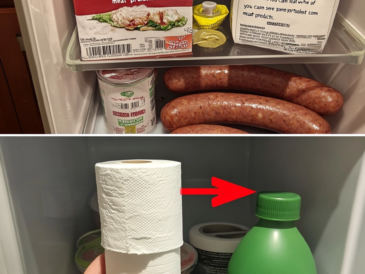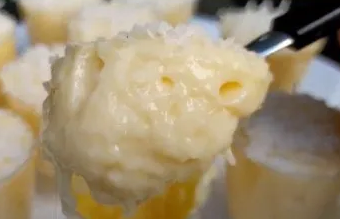Daisies are one of the most familiar and beloved flowers, often showing up unexpectedly in backyards and lawns. But their presence can spark debate: Are they a delightful asset to your garden or an invasive weed to be controlled? This question touches on themes of natural beauty, biodiversity, and effective garden management. Let’s take a closer look at the characteristics of daisies, their benefits, and the challenges they can bring to help you decide whether to welcome or control them in your garden.
Definition and Characteristics of Daisies 🌸
Daisies belong to the Asteraceae family, one of the largest families of flowering plants with over 23,000 species. The most common backyard variety, Bellis perennis, is known for its classic white petals and yellow center. As a perennial plant, the common daisy can bloom year-round in mild climates, quickly spreading across grassy areas and open spaces.
Why Daisies Might Be Considered Weeds 🌱
While daisies can add charm to a garden, there are several reasons some gardeners view them as weeds:
- Aggressive Growth 🌿
Daisies spread rapidly and can dominate garden spaces, potentially stifling the growth of other flowers and grasses. Their aggressive growth habits can interfere with the overall design and maintenance of your garden. - Adaptability 🪴
Daisies are highly adaptable and can grow in a wide range of soil and climate conditions. This resilience means they may quickly populate areas you didn’t intend, requiring regular maintenance to keep them in check. - Increased Maintenance ⛏️
For those looking to maintain a specific garden design or a well-manicured lawn, daisies can present an extra challenge. Their tendency to spread can mean more frequent weeding or other control measures.
Why Daisies Can Be an Asset 🌼
On the other hand, daisies offer several compelling benefits that can enhance the health and beauty of your garden:
- Attract Pollinators 🐝🦋
Daisies are a favorite among pollinators like bees and butterflies. By attracting these beneficial insects, daisies contribute to the pollination of other plants in your garden, supporting biodiversity and ecosystem health. - Natural Beauty and Charm 🌞
Daisies have an undeniable appeal with their bright white petals and sunny yellow centers. They add a touch of wild beauty to any landscape and can bring a naturalistic, meadow-like feel to your garden design. - Low Maintenance 🌿
As hardy plants, daisies require minimal care once established. They’re drought-tolerant and able to thrive in poor soil, making them a great choice for gardeners looking for low-maintenance options.
Managing Daisies in Your Backyard: Striking a Balance ⚖️
Whether you view daisies as a weed or an asset, creating a balance between controlling their growth and allowing them to thrive can help them coexist with other plants. Here are a few techniques to manage daisies effectively:
- Selective Planting 🌱: Incorporate daisies into specific areas of your garden where they won’t overpower other plants.
- Regular Pruning ✂️: Trim back daisies regularly to control their spread and keep them looking neat.
- Natural Barriers 🌾: Use mulch or edging to create boundaries, helping to contain daisy growth and prevent them from encroaching on other parts of your garden.
The Final Verdict: Weed or Asset? 🌼🌱
Ultimately, whether daisies are considered a weed or an asset depends on your gardening preferences, goals, and backyard ecosystem. Daisies offer benefits for pollination and aesthetic appeal, but they may require some control to blend harmoniously with other plants. If you’re aiming for a vibrant, low-maintenance garden that supports biodiversity, embracing daisies can be a delightful choice. However, if you prefer a highly structured garden design, you may wish to limit their presence.
Daisies can bring joy and life to your outdoor space if managed thoughtfully. By understanding their nature and using them strategically, you can create a garden that feels both beautiful and balanced.
